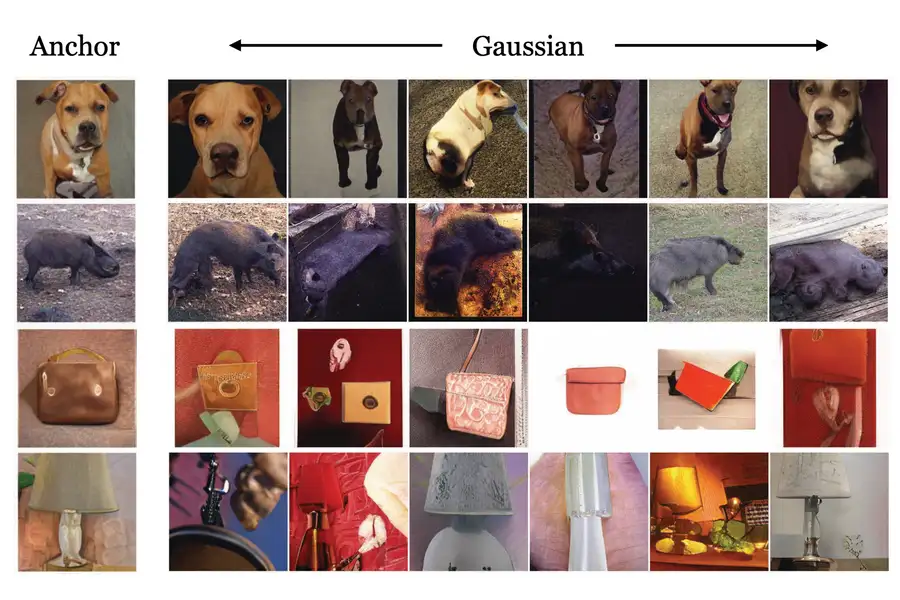An Analysis of MIT’s Study
In the field of computer vision, synthetic data generation has emerged as an efficient solution for training machine learning models. A 2022 study from MIT introduced an innovative technique using generative AI to create highly realistic synthetic data. While this study was groundbreaking at the time, it now serves as a case study highlighting the inherent limitations of generative AI, which can be overcome by controlled simulation-based approaches. In this post, we will analyze MIT’s study and emphasize how synthetic data generation through simulation offers significant advantages..

Synthetic Data That Outperforms Real Data
In the MIT study, researchers found that a contrastive learning model trained exclusively on synthetic data was able to “learn visual representations that rival or even outperform those learned from real data.” This demonstrates the power of synthetic data for computer vision models.
“Their results show that a contrastive representation learning model trained using only these synthetic data is able to learn visual representations that rival or even outperform those learned from real data.”
This statement highlights the impact synthetic data can have on creating effective visual representations. However, while MIT relies on the gradual improvement of generative AI models, my simulation-based approach delivers superior results from the start, as we have full control over every aspect of the scene.
Dependence on Real Images
The training process for generative models described in the study involves exposing them to millions of real images in order to generate new synthetic data. This reliance on large volumes of real images can be a bottleneck in many scenarios.
“The training process involves showing the generative model millions of images that contain objects in a particular class (like cars or cats)…”
In contrast, our simulation approach does not depend on real images. We create the necessary images directly, fully based on simulations. This eliminates the need for large real-world datasets and enables data generation from scratch, without any constraints.
Full Control vs. Generative Models’ “Imagination”
The study also mentions that generative models can “imagine” objects in different situations, but this imagination can lead to uncertainties and unpredictable errors.
“If the model is trained on images of cars, it can ‘imagine’ how a car would look in different situations…”
While this “imagination” may be useful in some cases, it can result in unrealistic or inconsistent data. With full simulation, we have complete control over all parameters, such as poses, colors, and sizes, ensuring that the generated data always adhere to physical rules and are accurate and relevant.
Privacy and Sensitive Data Concerns
The MIT study also warns that generative models may reveal source data, leading to potential privacy concerns and the amplification of biases.
“These models can reveal source data, which can pose privacy risks, and they could amplify biases…”
Simulation, on the other hand, does not carry these risks. Since the data is entirely simulated, there are no sensitive data involved, providing added security for sectors like healthcare, where data privacy is paramount.
Edge Cases and Uncommon Scenarios
Another interesting point in the study is the mention of “corner cases” or extreme situations that are difficult to capture with real data, but can be synthetically generated to improve models.
“For instance, if researchers are training a computer vision model for a self-driving car, real data wouldn’t contain examples of a dog and his owner running down a highway…”
In simulation, we can create these rare or extreme scenarios in a controlled and precise way. This ensures that models are trained to handle unusual situations not present in real-world datasets.
Conclusion
While MIT’s 2022 study was revolutionary, it also reveals the limitations of generative AI, such as the dependence on real images, privacy risks, and the restricted “imagination” of models. At SynthVision, full simulation offers a superior solution, with total control over every scenario, no risk of sensitive data or biases, and the ability to create extreme cases with precision. As a result, simulation stands out as the most efficient and secure approach for synthetic data generation across various computer vision applications.






